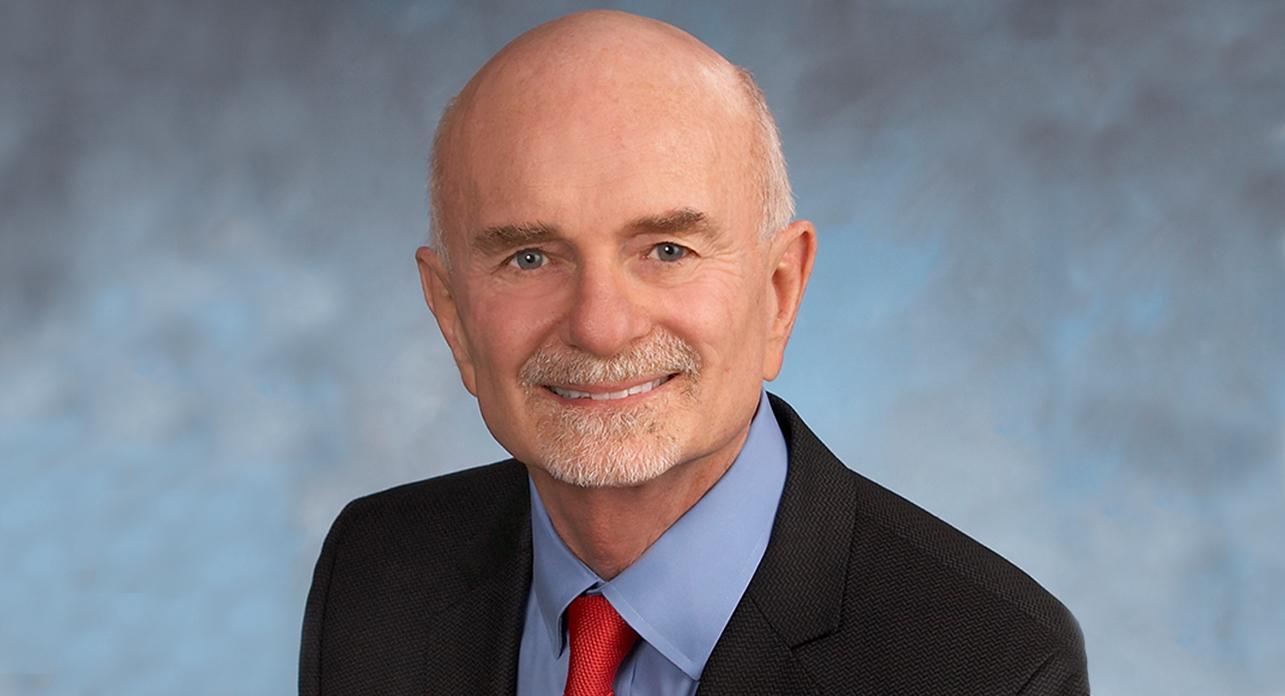
There has been a tremendous amount of focus on the Millennial cohort for the past several years. While many multifamily investors chase the highly paid Millennial workforce, many have overlooked the aging Baby Boomer population, as well as the growing demand and subsequent opportunity within this sector. Until now.
In 2017, about 50 percent of the U.S. population was aged 50 or older, with Baby Boomers ranging between the ages of 53 and 71. Though this generation was recently surpassed by Millennials as the largest generation in U.S. history, the Boomers remain a massive demographic that will drive tremendous demand for seniors housing over the next several years.
This is especially true as this demographic continues to age and average Americans live longer. At the top end of the Baby Boomer generation, individuals are reaching 71 years old, which fuels an immediate need for independent seniors housing facilities in the market.
Looking ahead, an additional 10,000 Baby Boomers turn 65 every day, resulting in significant long-term demand for seniors housing facilities over the next several years.
This demand is no longer unnoticed. Many investors are beginning to shift their focus to this growing rental market. In fact, 60 percent of investors plan to increase their portfolio size with seniors housing investments, according to a 2017 survey by CBRE.
Passco has been extremely active in the multifamily sector for the past several years. We are finding deep value in capturing both ends of the rental market, from Millennials and Gen Z entering the market to Baby Boomers shifting into seniors housing.
This strategy is further supported by fundamentals. Cap rates for multifamily properties, while still favorable, have dropped to the high fours, whereas cap rates for seniors housing are about 75 basis points higher than traditional multifamily.
Baby Boomers also want to retire in style and are willing to pay a premium, in many cases nearly double the rents for Class A luxury multifamily product. These individuals are looking for seniors housing projects that provide a strong sense of community and feature a diverse variety of services and amenities. These include restaurant and meal services, on-site transportation, and organized events and activities like book clubs, arts classes, etc.
The common misconception from an investment standpoint is that investors will incur significant costs, or need to hire more staff to accommodate the demand for these additional services and amenities. This isn’t always the case. There are a variety of opportunities for investors to partner with non-profit and service coordinators that will keep the costs of these services down, translating to strong, risk-adjusted returns for investors.
Baby Boomers are aging, living longer and are willing to pay premium rents while aging in place. This translates to strong long-term demand and retention for seniors housing communities. While seniors housing may have been overlooked in the past few years due to a narrow focus on the younger Millennial cohort, many are now shifting their focus to leverage the tremendous opportunity available in the seniors housing sector. As this demand grows, we’ll see an increase in investor appetite for this product type.
This article was originally published in Western Real Estate Business’s April 2018 issue.

